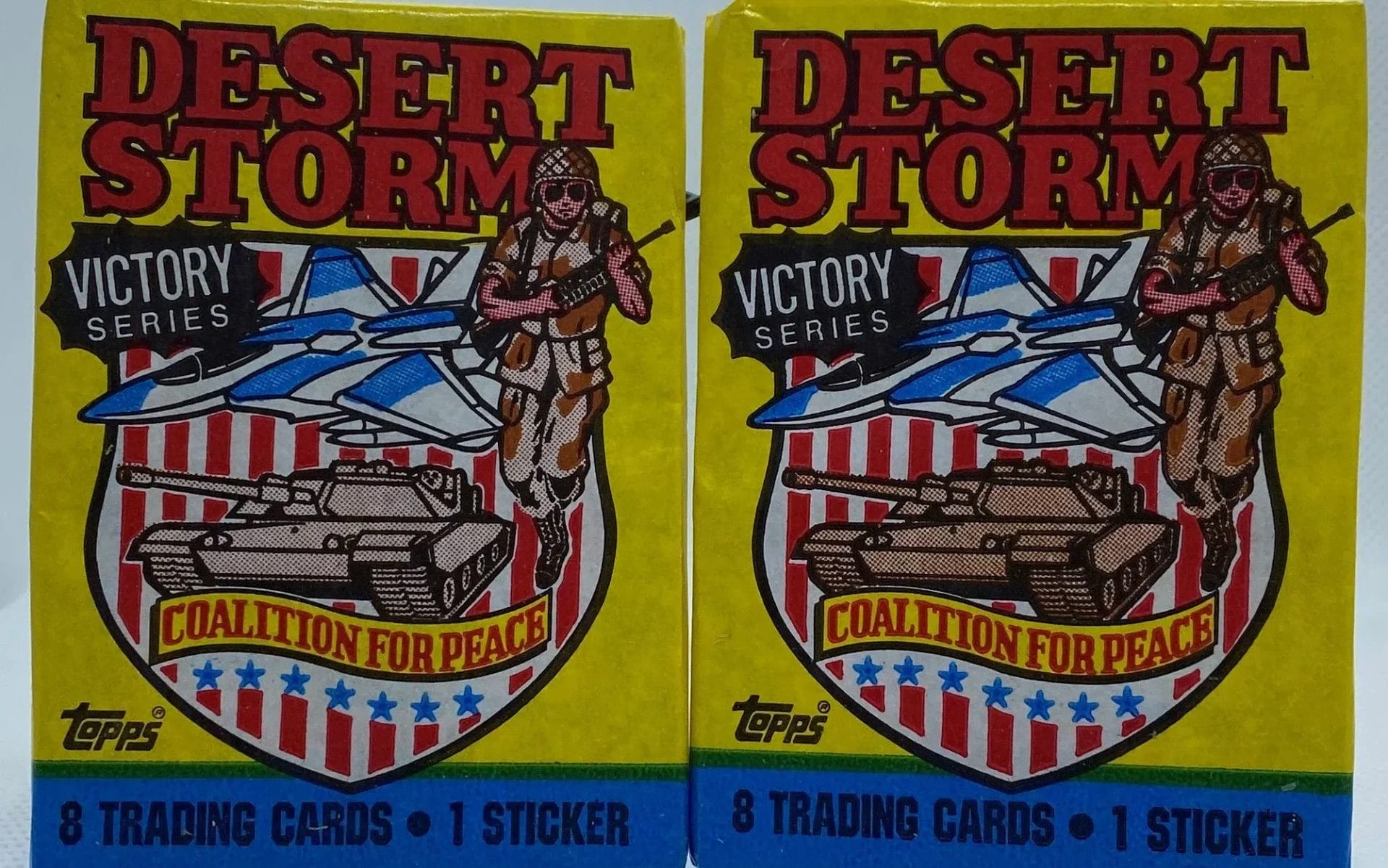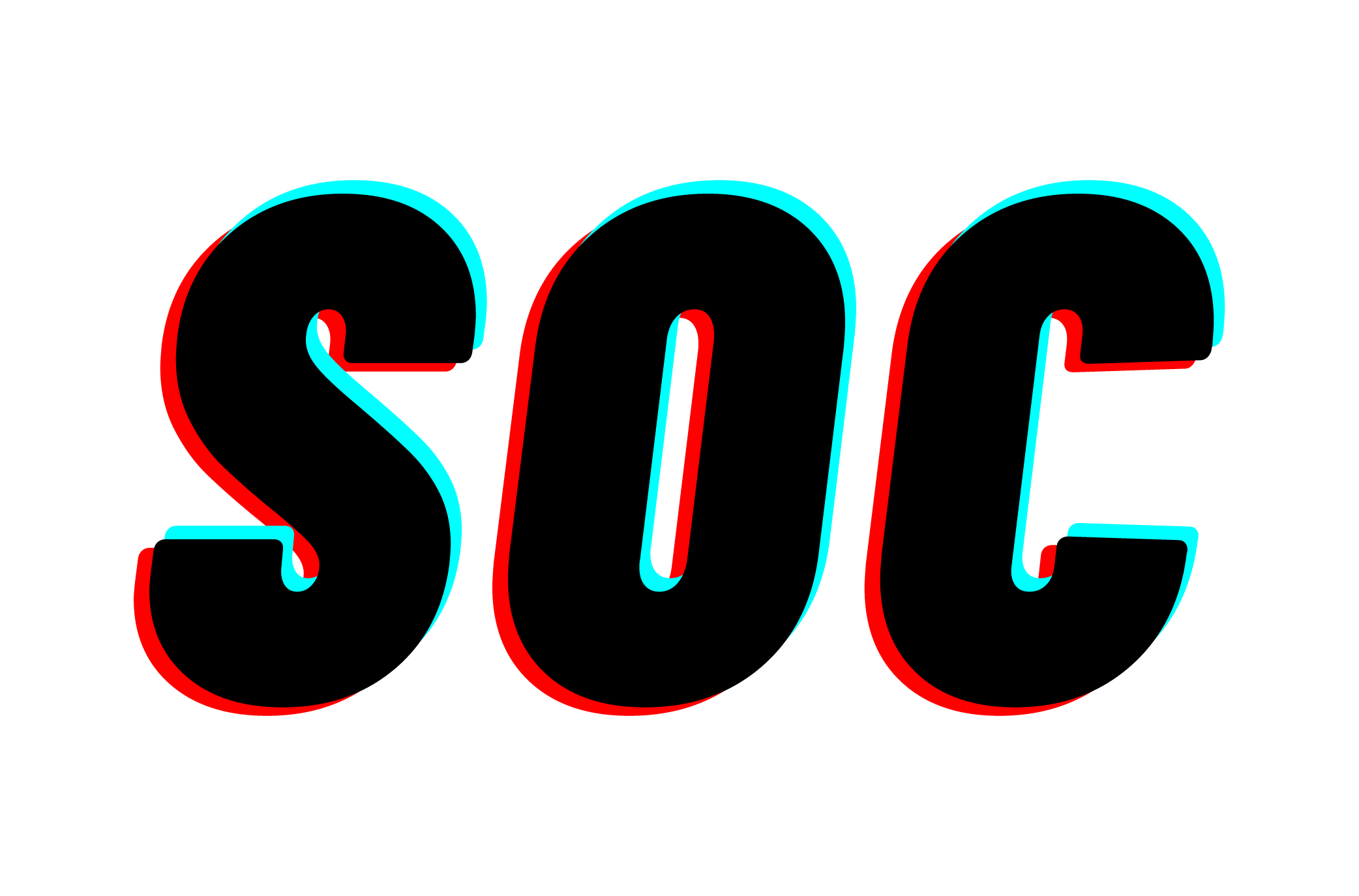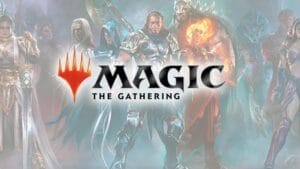
I. Introduction
Trading cards have long been a cherished part of our culture, serving as a bridge between our favorite entertainment properties and our physical world. But have you ever considered what it means to collect something that is not just a piece of cardboard, but a piece of history? This blog post delves into the unique world of Desert Storm Trading Cards, a collection that is more than just a set of cards. It’s a piece of war memorabilia that tells a story of a significant historical event, the Persian Gulf War, through the lens of its protagonists and equipment.
Trading cards, especially those that document significant events, have always held a special place in the hearts of collectors. They are more than just pieces of cardboard; they are tangible reminders of a moment in time, a testament to the power of collective memory, and a unique way to engage with history. The Desert Storm Trading Cards, in particular, offer a unique opportunity to explore the Persian Gulf War through the eyes of its key players and the equipment they used.
In this blog post, we will delve deeper into the world of Desert Storm Trading Cards, exploring their creation, their impact, and their enduring significance as a piece of war memorabilia. Whether you are a seasoned collector or a newcomer to the world of trading cards, this post promises to be an enlightening journey through the history of the Persian Gulf War.
Table of Contents
II. Historical Background
The Persian Gulf War, also known as Operation Desert Storm, was a significant event in the history of the 20th century. It was a military conflict that took place from January 17 to February 28, 1991, and was the first major conflict in the Middle East since the end of World War II. The war was primarily fought between coalition forces, led by the United States and its allies, and Iraq, under the leadership of Saddam Hussein. The war was marked by a rapid and decisive victory for the coalition forces, leading to the liberation of Kuwait and a significant shift in the political landscape of the Middle East.
The concept of trading cards as a medium to document significant events is not new. Trading cards have long been used to commemorate significant moments in history, from wars and natural disasters to cultural events and historical figures. The idea is to create a tangible connection between the collector and the event being commemorated, providing a unique way to engage with history.
In the case of the Desert Storm trading cards, these cards were not just a set of cards, but a unique piece of war memorabilia. They featured people and equipment involved in the Persian Gulf War, providing a unique opportunity for collectors to explore the war through the lens of its key players and the equipment they used. The cards were published in the United States by various companies, and the size of sets varied greatly between companies. Some sets were as small as nine cards, while others were as large as 250 cards.
The creation of Desert Storm trading cards was part of a broader movement within the trading card industry to move away from an “oversaturated and overpriced” market, and to begin printing cards featuring a wider range of subjects, not just sports figures. This included cartoon heroes, television personalities, rock stars, and even murderers. The Desert Storm trading cards were indicative of a wave of “patriotic fervor” that swept the US at the time of Desert Storm, and the iconic images of the combination of economics and patriotism have been noted by many writers.
III. The Birth of Desert Storm Trading Cards
The birth of the Desert Storm Trading Cards was a significant event in the history of the trading card industry. It marked a departure from the traditional sports figures that were commonly featured on trading cards, and instead, introduced a new range of subjects that included military hardware and personnel.
The first Desert Storm trading cards were published in the United States by various companies, with the size of sets varying greatly between companies. Some sets were as small as nine cards, while others were as large as 250 cards.
One of the first sets to appear was from Topps, with three series of cards. Although the cards from Topps were the only ones to include stickers, each competing manufacturer’s set displayed a unique quality. The way each company chose to describe the action and decided upon what picture was worthy made each set unique and appealing to collectors.
Other companies that contributed to the creation of Desert Storm Trading Cards include Pacific Trading Cards, Crown Sports Cards, and Pro Set. Each of these companies brought their unique perspective to the cards, contributing to the diversity of the set.
The creation of these cards was part of a broader movement within the trading card industry to expand its range well outside of the traditional sports figures. The cards were claimed to be educational, with proceeds of the sales benefiting the children of Persian Gulf War veterans.
In essence, the birth of Desert Storm Trading Cards marked a new era in the trading card industry, one that moved away from the oversaturated and overpriced market and began printing cards featuring a wider range of subjects, including the military hardware and personnel involved in the Persian Gulf War.
IV. Different Sets of Desert Storm Trading Cards
The Desert Storm Trading Cards were not just a set of cards, but a unique piece of war memorabilia. They featured people and equipment involved in the Persian Gulf War, providing a unique opportunity for collectors to explore the war through the lens of its key players and the equipment they used.
Topps Desert Storm Trading Cards
The first set of Desert Storm Trading Cards was published by Topps. The 1991 Topps Desert Storm Trading Cards span a total of three sets, totaling 264 cards and 44 stickers. The cards aimed to explain what happened, albeit through a patriotic lens. Background, technology, and key figures in the Gulf War are all part of the checklist. Some of the notable politicians and military minds in the set are President George H.W. Bush, Colin Powell, future Vice President Dick Cheney, Norman Schwarzkopf, Saddam Hussein, and Mikhail Gorbachev.
Pro Set Desert Storm
Pro Set also published a set of Desert Storm Trading Cards. The size of the set varied greatly between companies. For example, Pro Set’s set was as large as 250 cards.
Pacific Trading Cards
Pacific Trading Cards published a nine-card set of Desert Storm Trading Cards.
Crown Sports Cards
Crown Sports Cards also published a set of Desert Storm Trading Cards. The size of the set was smaller than that of Pro Set, with only nine cards in total.
Each set had its unique features, such as the number of cards, the subjects depicted, and the design. The cards were claimed to be educational, with proceeds of the sales benefiting the children of Persian Gulf War veterans. The cards were produced at a time when the trading card industry was expanding its range well outside of the traditional sports figures.
V. Popularity and Impact
The Desert Storm Trading Cards were not just a set of cards, but a cultural phenomenon that resonated with both card collectors and the general public. The cards were popular outside of the typical “card collectors”, and they sold quickly. Some stores sold their stock within hours of delivery, and others selling out within a week.
The popularity of the cards was attested by Colin Powell, Chairman of the Joint Chiefs of Staff from 1989 to 1993, who said that at the time he spent “a good part of [his] time” signing cards. Ten years later, Topps revisited the idea by printing a set of similar cards related to Operation Enduring Freedom.
The impact of the Desert Storm Trading Cards on popular culture and the trading card industry was significant. The cards were part of a broader movement within the trading card industry, which looked to move away from an “oversaturated and…overpriced” market, and had begun printing cards featuring “cartoon heroes, television personalities, rock stars and even murderers”.
The cards were also indicative of a wave of “patriotic fervor” that swept the US at the time of Desert Storm. The iconic images of the combination of economics and patriotism have been noted by many writers.
In the film Garden State (2004), a scene shows Andrew (Zach Braff) looking through a binder containing a near-complete set of the trading cards belonging to his friend, Mark (Peter Sarsgaard), who briefly discusses with him their significance.
In essence, the Desert Storm Trading Cards were more than just a set of cards; they were a unique piece of war memorabilia that captured the spirit of the time and left a lasting impact on the trading card industry and popular culture.
VI. Economic and Political Background
The creation of the Desert Storm Trading Cards was deeply rooted in the economic and political background of the time. The cards were part of a broader movement within the trading card industry, which sought to move away from an “oversaturated and overpriced” market, and began printing cards featuring a wider range of subjects, not just sports figures.
The economic aspect of the cards was significant. The cards were produced at a time when the trading card industry was expanding its range well outside of the traditional sports figures. The cards were claimed to be educational, with proceeds of the sales benefiting the children of Persian Gulf War veterans.
The political aspect of the cards was also notable. According to Steven C. Dubin, the cards were indicative of a wave of “patriotic fervor” that swept the US at the time of Desert Storm. The cards were iconic images of the combination of economics and patriotism, and this has been noted by many writers.
The creation of the Desert Storm Trading Cards was also a response to the criticism that the trading card industry was oversaturated and overpriced. The cards were a way to diversify the market and appeal to a wider audience. The cards featured not only sports figures, but also cartoon heroes, television personalities, rock stars, and even murderers.
In essence, the Desert Storm Trading Cards were more than just a set of cards; they were a unique piece of war memorabilia that captured the spirit of the time and left a lasting impact on the trading card industry and popular culture. The cards were part of a broader movement within the trading card industry, which sought to move away from an “oversaturated and overpriced” market, and began printing cards featuring a wider range of subjects, not just sports figures.
VII. Controversy and Criticism
The Desert Storm Trading Cards, while popular and well-received, were not without controversy. The cards were criticized for their inaccuracies and their impact on popular culture and the trading card industry.
One of the main criticisms was that the cards trivialize the Gulf War. Critics argued that the cards were feeding into a climate where war is acceptable because people have been desensitized to it. The cards were seen as trivializing the serious issues and sacrifices that were made during the war.
The cards were also criticized for crossing the line between fantasy and current affairs. Critics argued that the cards were not appropriate for children and that they were trivializing the serious issues of war. The cards were seen as a way to desensitize children to the realities of war.
In addition to these criticisms, the cards were also criticized for their commercialization. Critics argued that the cards were a way for the trading card industry to profit from a serious and tragic event. The cards were seen as a way for the trading card industry to capitalize on the war without addressing its serious issues.
Despite these criticisms, the Desert Storm Trading Cards remain a significant part of the trading card industry and a unique piece of war memorabilia. They were a reflection of the time and a way for people to engage with the war in a unique and personal way. Despite the controversy and criticism, the Desert Storm Trading Cards have left a lasting impact on the trading card industry and popular culture.
VIII. The Future of Desert Storm Trading Cards
The future of Desert Storm Trading Cards is uncertain, but their potential as collector’s items is undeniable. As with any collectible item, the value and rarity of Desert Storm Trading Cards can vary based on several factors such as age, condition, rarity, completeness, and popularity.
The collectible value and rarity of Desert Storm Trading Cards can be influenced by their age and historical significance. Cards that capture significant moments or critical figures from the war might be more sought after by collectors. As with any collectible item, the condition of the cards is crucial. Cards in mint or near-mint condition tend to be more valuable, as they are rarer and more desirable to collectors.
The rarity of the cards can also be influenced by their production. Some cards might be rarer than others due to limited production or distribution. Cards produced in smaller quantities or part of limited editions are generally more valuable.
The completeness of the set is another factor that can influence the value of the cards. A complete set is often more valuable than individual cards, as collectors prefer a complete collection.
The popularity of the cards among collectors also plays a significant role in determining their value. Cards featuring iconic images, notable military personnel, or specific events from the Gulf War might be more popular among collectors, driving up their value.
The impact of digitalization on the trading card industry is also a factor to consider. With the rise of digitalization, there has been a shift in the way trading cards are produced and distributed. Digital versions of the cards are now available, which can influence the future of Desert Storm Trading Cards.
In conclusion, while the future of Desert Storm Trading Cards is uncertain, their potential as collector’s items is undeniable. Their value and rarity can be influenced by several factors, and the impact of digitalization on the trading card industry is also a factor to consider.
IX. Conclusion
In conclusion, the Desert Storm Trading Cards offer a unique glimpse into the Persian Gulf War, a significant event in the 20th century. They are more than just a set of cards; they are a piece of war memorabilia that tells a story of a significant historical event through the lens of its protagonists and equipment.
The cards were created by various companies and featured a wide range of subjects, from military hardware to key figures in the war. Despite the controversies and criticisms, the cards have left a lasting impact on the trading card industry and popular culture.
The future of the Desert Storm Trading Cards as collector’s items is uncertain, but their potential is undeniable. As with any collectible item, their value and rarity can be influenced by several factors, including their age, condition, rarity, completeness, and popularity.
The impact of digitalization on the trading card industry is also a factor to consider. With the rise of digitalization, there has been a shift in the way trading cards are produced and distributed. Digital versions of the cards are now available, which can influence the future of Desert Storm Trading Cards.
In essence, the Desert Storm Trading Cards are a unique piece of war memorabilia that offer a unique opportunity to explore the Persian Gulf War. Despite the controversies and criticisms, they have left a lasting impact on the trading card industry and popular culture. Their future as collector’s items is uncertain, but their potential is undeniable.






